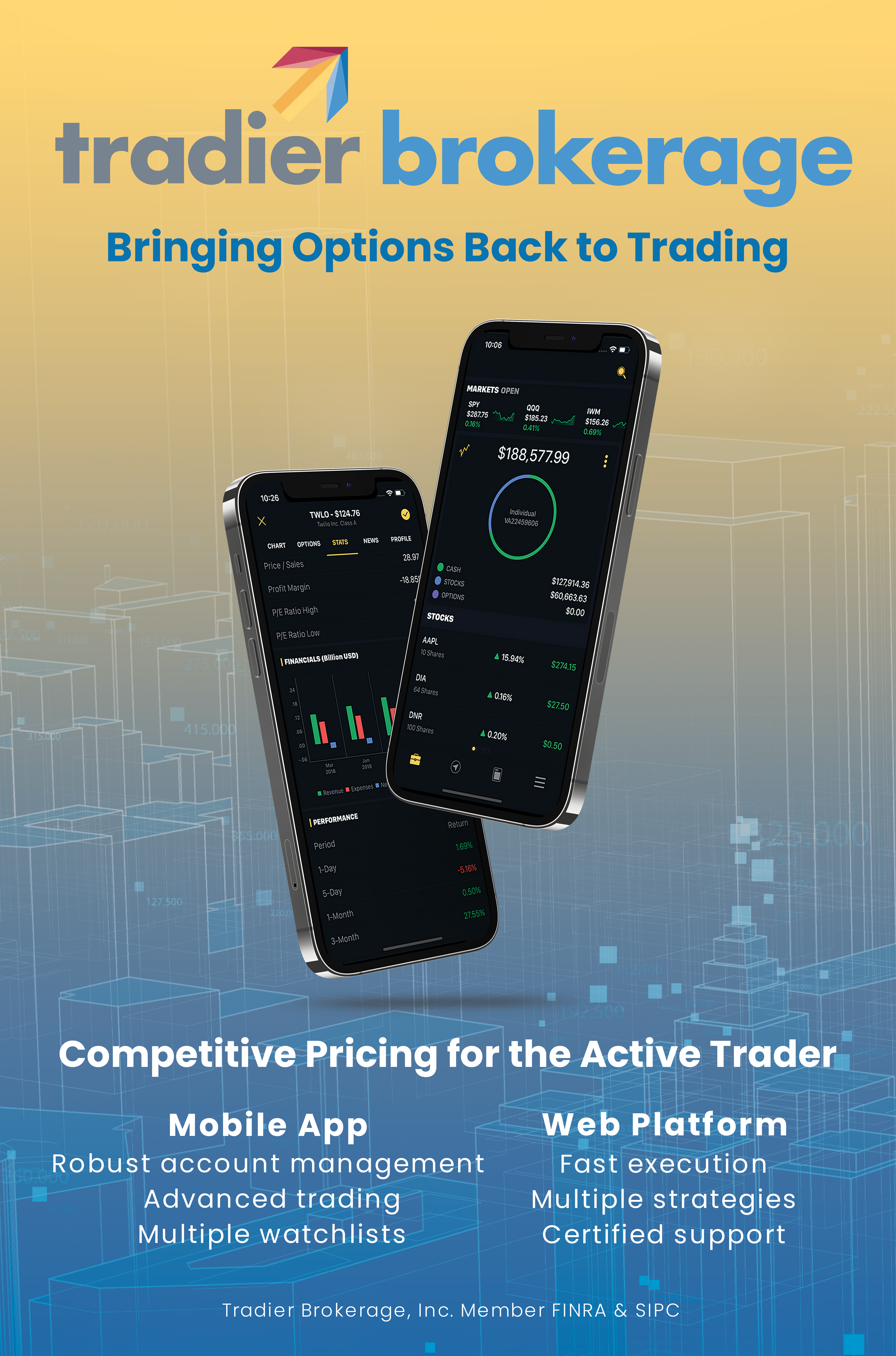1. Taxes. Except in very rare circumstances, all gains are taxed as short-term capital gains. This is essentially the same as ordinary income. The rates are as high as your individual personal income tax rates. Because of this tax situation, we encourage subscribers to carry out option strategies in an IRA or other tax-deferred account, but this is not possible for everyone. (Maybe you have some capital loss carry-forwards that you can use to offset the short-term capital gains made in your option trading).
2. Commissions. Compared to stock investing, commission rates for options, particularly for the Weekly options, are horrendously high. It is not uncommon for commissions for a year to exceed 30% of the amount you have invested. Be wary of any newsletter that does not include commissions in their results – they are misleading you big time.
3. Wide Fluctuations in Portfolio Value. Options are leveraged instruments. Portfolio values typically experience wide swings in value in both directions.
The most popular portfolio at Terry’s Tips (they call it the Weekly Mesa) gained over 100% (after commissions) in the last 4 months of 2010. The underlying stock for the Weekly Mesa is the S&P 500 tracking stock, SPY, one of the most stable of all indexes. Yet their weekly results included a loss of 31.3% in the last week of November (they have added an insurance tactic to make that kind of loss highly unlikely in the future, by the way). Three times, their weekly gains were above 20%.
Brazino777 https://educemil.online is one of the best licensed casinos with comfortable conditions for playing for real money. You can instantly replenish your gaming account, play in paid mode on exciting, high-quality slot machines, and withdraw the prizes you have earned on cards. You can also play without registration and deposit; the casino has a huge selection of demo slots.
Many people do not have the stomach for such volatility, just as some people are more concerned with the commissions they pay than they are with the bottom line results (both groups of people probably should not be trading options).
4. Uncertainty of Gains. In carrying out option strategies, most prudent investors depend on risk profile graphs which show the expected gains or losses at the next options expiration at the various possible prices for the underlying. These graphs are particularly important to check out when placing initial positions, and it is also wise to consult them frequently during the week as well.
Oftentimes, when the options expire, the expected gains do not materialize. The reason is usually because option prices (implied volatilities, VIX, – for those of you who are more familiar with how options work) fall. (The risk profile graph software assumes that implied volatilities will remain unchanged.). Of course, there are many weeks when VIX rises and you might do better than the risk profile graph had projected. But the bottom line is that there are times when the stock does exactly as you had hoped and you still don’t make the gains you originally expected.
With all these negatives, is option investing worth the bother? We think it is. Where else is the chance of 100% annual gains a realistic possibility? We believe that at least a small portion of many people’s investment portfolio should be in something that at least has the possibility of making extraordinary returns.
With CD’s and bonds yielding ridiculously low returns (and the stock market not really showing any gains for the past 4 years), the options alternative has become more attractive for many investors, in spite of all the problems we have outlined above.


Follow Terry's Tips on Twitter
Like Terry's Tips on Facebook
Watch Terry's Tips on YouTube